Why did snakes lose their legs information
Home » Background » Why did snakes lose their legs informationYour Why did snakes lose their legs images are ready in this website. Why did snakes lose their legs are a topic that is being searched for and liked by netizens today. You can Find and Download the Why did snakes lose their legs files here. Find and Download all royalty-free images.
If you’re looking for why did snakes lose their legs images information related to the why did snakes lose their legs keyword, you have visit the right site. Our site frequently gives you suggestions for seeing the maximum quality video and image content, please kindly hunt and find more enlightening video content and graphics that match your interests.
Why Did Snakes Lose Their Legs. Why did the snake lose their legs. We dont know for sure. Both evolutionists and creationists actually believe that snakes werent always legless. The worst of these thieves was Snake.

Two theories compete. For years scientists have been trying to pinpoint why snakes eschewed their legs in favor of a long slinky body. Evolutionists believe that snakes are the evolutionary descendants of lizards that gradually lost their legs as we discussed in 2007 and 2008. The findings disprove previous theories that snakes lost their legs in order to live in water. But thats not what happened to snakes which havent lost the. Both evolutionists and creationists actually believe that snakes werent always legless.
By this logic losing their limbs was an adaptation to streamline the body letting them wiggle through the waves more efficiently.
Why did the snake lose their legs. How Snakes Lost Their Legs. The findings disprove previous theories that snakes lost their legs in order to live in water. Snakes are elongated carnivorous reptiles of the suborder Serpentes. Long ago in the great drought of the Dreamtime when plants were scarce and water was difficult to find animals stole from each other. Over time their legs got smaller and eventually they were lost altogether.

For a while these were the most primitive known snakes leading many to suggest that snakes were close relatives of the Mosasaurs the massive aquatic lizards of the Mesozoic and they had an aquatic origin. By this logic losing their limbs was an adaptation to streamline the body letting them wiggle through the waves more efficiently. Eventually they completely lost their functionality meaning the capacity to encode proteins. In order to pinpoint changes in genetic sequences the researchers compared genomes from snakes with those of other reptiles and vertebrates that do have complete limbs. About 150 million years ago snakes roamed about on well-developed legs.

The findings disprove previous theories that snakes lost their legs in order to live in water. These data support the terrestrial origin of. Now researchers say a trio of mutations in a genetic switch are why those legs eventually disappeared. Thus they view this legged snake as hearkening back to its evolutionary ancestors. Basically they were becoming like reptilian eels.
 Source: ocregister.com
Source: ocregister.com
The findings disprove previous theories that snakes lost their legs in order to live in water. Both evolutionists and creationists actually believe that snakes werent always legless. Why The Snake Has No Legs. The worst of these thieves was Snake. In snakes a mutation in the enhancer keeps the gene from staying in the on position allowing for limbs to grow.
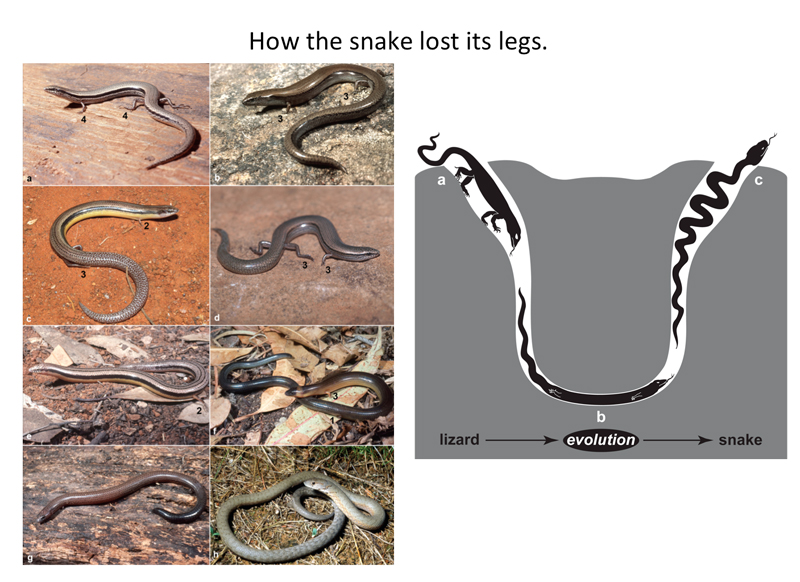 Source: sdbonline.org
Source: sdbonline.org
The ancestors of todays slithery snakes once sported full-fledged arms and legs but genetic mutations caused the reptiles to lose all four of their limbs about 150. Evolutionists believe that snakes are the evolutionary descendants of lizards that gradually lost their legs as we discussed in 2007 and 2008. Eventually they completely lost their functionality meaning the capacity to encode proteins. For a while these were the most primitive known snakes leading many to suggest that snakes were close relatives of the Mosasaurs the massive aquatic lizards of the Mesozoic and they had an aquatic origin. Thus they view this legged snake as hearkening back to its evolutionary ancestors.
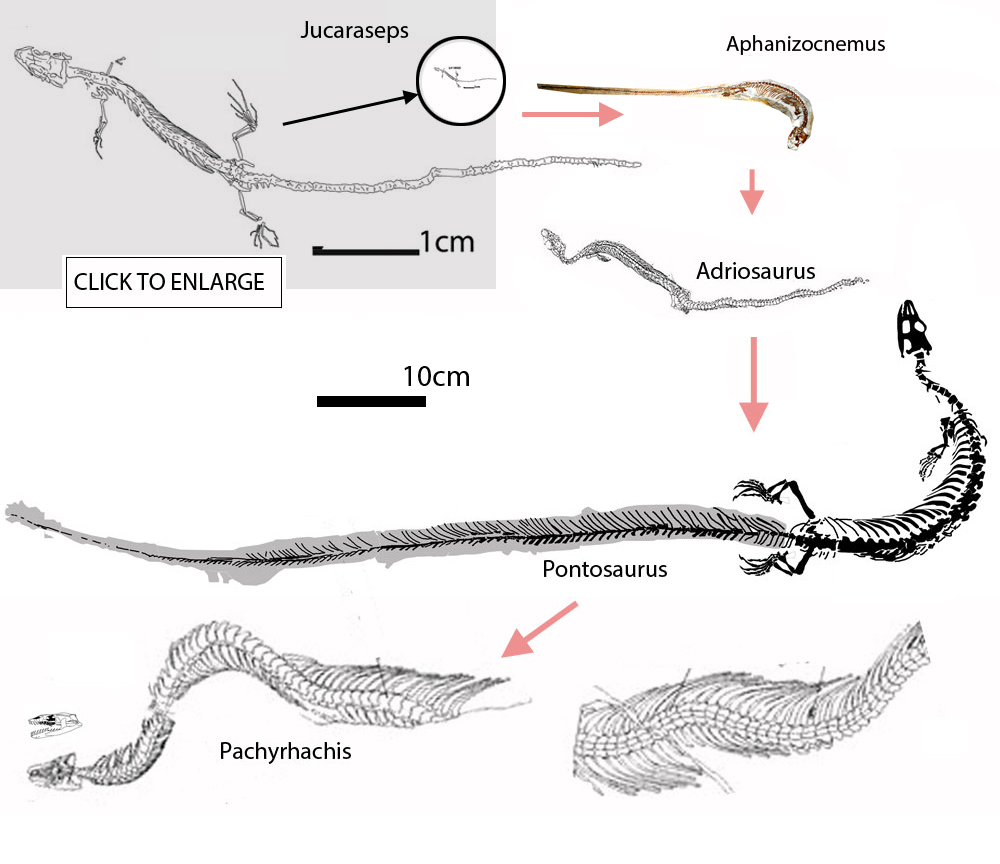 Source: reddit.com
Source: reddit.com
Two theories compete. One points to a land origin in which lizards started to burrow and as they adapted to their subterranean existence their legs were reduced and lost - first the fore-limbs. For years scientists have been trying to pinpoint why snakes eschewed their legs in favor of a long slinky body. About 150 million years ago snakes roamed about on well-developed legs. Why The Snake Has No Legs.

How Snakes Lost Their Legs. Evolutionists believe that snakes are the evolutionary descendants of lizards that gradually lost their legs as we discussed in 2007 and 2008. For a while these were the most primitive known snakes leading many to suggest that snakes were close relatives of the Mosasaurs the massive aquatic lizards of the Mesozoic and they had an aquatic origin. The Two-Way Scientists in Florida say theyve pinpointed a genetic process that caused snakes to lose their legs and have found that embryonic pythons still form. But thats not what happened to snakes which havent lost the.
 Source: earthhistory.org.uk
Source: earthhistory.org.uk
Now researchers say a trio of mutations in a genetic switch are why those legs eventually disappeared. In short genetic mutations caused some lizards to do away with their appendages becoming snakes while still retaining the echoes of those leggy genes in their DNA. Thus they view this legged snake as hearkening back to its evolutionary ancestors. Long ago in the great drought of the Dreamtime when plants were scarce and water was difficult to find animals stole from each other. In snakes a mutation in the enhancer keeps the gene from staying in the on position allowing for limbs to grow.
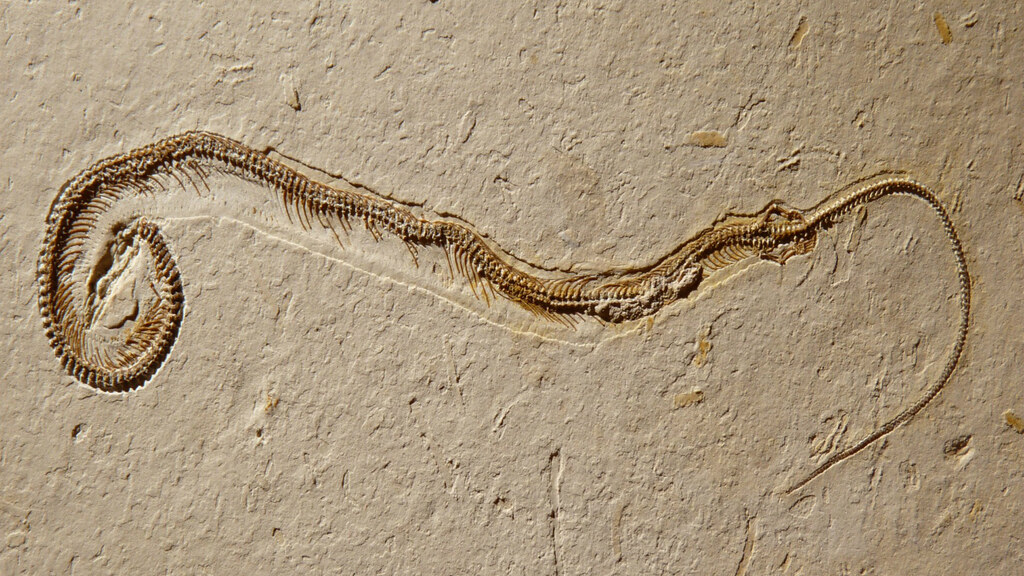 Source: bath.ac.uk
Source: bath.ac.uk
Now researchers say a trio of mutations in a genetic switch are why those legs eventually disappeared. Comparisons between CT scans of the fossil and modern reptiles indicate that snakes lost their legs when their ancestors evolved to live and hunt in burrows. Their large spherical vestibules allowed them to hear low frequency sounds and vibrations which is critical when spending extended time underground. The Two-Way Scientists in Florida say theyve pinpointed a genetic process that caused snakes to lose their legs and have found that embryonic pythons still form. One points to a land origin in which lizards started to burrow and as they adapted to their subterranean existence their legs were reduced and lost - first the fore-limbs.
 Source: cosmosmagazine.com
Source: cosmosmagazine.com
In order to pinpoint changes in genetic sequences the researchers compared genomes from snakes with those of other reptiles and vertebrates that do have complete limbs. These data support the terrestrial origin of. Basically they were becoming like reptilian eels. Its thought that snakes lost their legs 100 to 150 million years ago but debate is still raging as to whether their limbed ancestors were aquatic or terrestrial. In short genetic mutations caused some lizards to do away with their appendages becoming snakes while still retaining the echoes of those leggy genes in their DNA.
 Source: abc.net.au
Source: abc.net.au
In order to pinpoint changes in genetic sequences the researchers compared genomes from snakes with those of other reptiles and vertebrates that do have complete limbs. Over time their legs got smaller and eventually they were lost altogether. Snakes are elongated carnivorous reptiles of the suborder Serpentes. The ancestors of todays slithery snakes once sported full-fledged arms and legs but genetic mutations caused the reptiles to lose all four of their limbs about 150. By this logic losing their limbs was an adaptation to streamline the body letting them wiggle through the waves more efficiently.
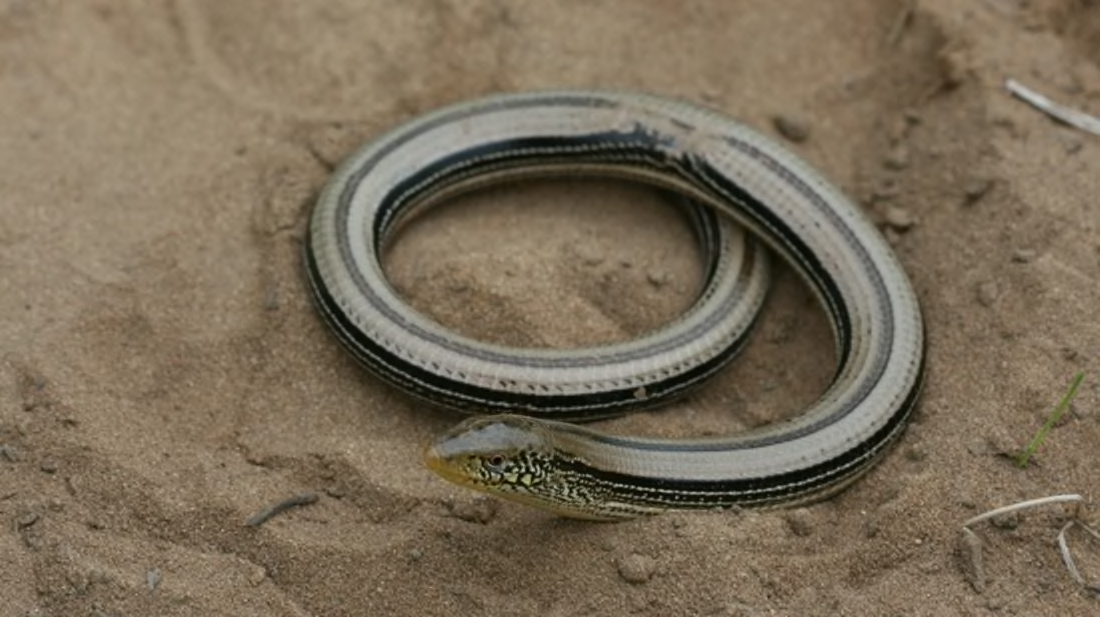 Source: mentalfloss.com
Source: mentalfloss.com
Their most distinctive feature is their lack of appendages. Long ago in the great drought of the Dreamtime when plants were scarce and water was difficult to find animals stole from each other. Heres what we do know. Some snake species including pythons and boas still retain the remnants of their legs with tiny digits they use to. Why The Snake Has No Legs.
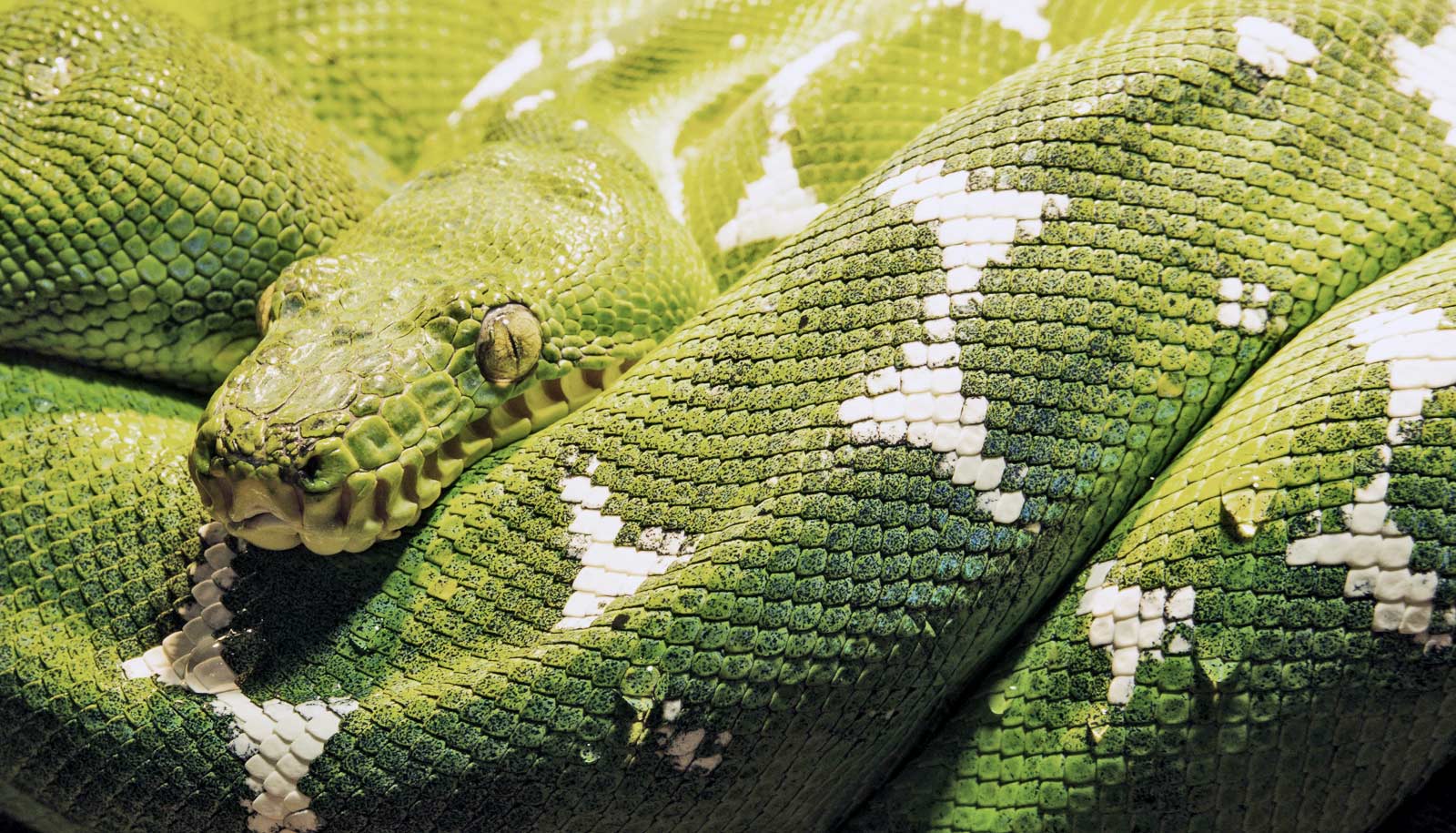 Source: futurity.org
Source: futurity.org
The single genetic tweak that caused the snake to lose its limbs. Snakes are elongated carnivorous reptiles of the suborder Serpentes. Why The Snake Has No Legs. Snakes are legless so they move by slithering ahead dragging and. Their most distinctive feature is their lack of appendages.
 Source: nationalgeographic.com
Source: nationalgeographic.com
Snake found amusement in stealing and often stole the other animals food and water. Why Did Snakes Lose Their Legs. For years scientists have been trying to pinpoint why snakes eschewed their legs in favor of a long slinky body. In order to pinpoint changes in genetic sequences the researchers compared genomes from snakes with those of other reptiles and vertebrates that do have complete limbs. Now researchers say a trio of mutations in a genetic switch are why those legs eventually disappeared.
 Source: nationalgeographic.com
Source: nationalgeographic.com
By this logic losing their limbs was an adaptation to streamline the body letting them wiggle through the waves more efficiently. Long ago in the great drought of the Dreamtime when plants were scarce and water was difficult to find animals stole from each other. One points to a land origin in which lizards started to burrow and as they adapted to their subterranean existence their legs were reduced and lost - first the fore-limbs. Snakes are legless so they move by slithering ahead dragging and. How Snakes Lost Their Legs.
 Source: natureecoevocommunity.nature.com
Source: natureecoevocommunity.nature.com
Its thought that snakes lost their legs 100 to 150 million years ago but debate is still raging as to whether their limbed ancestors were aquatic or terrestrial. Basically they were becoming like reptilian eels. Over time their legs got smaller and eventually they were lost altogether. But thats not what happened to snakes which havent lost the. It is generally thought snakes evolved from lizards.
 Source: blogs.thatpetplace.com
Source: blogs.thatpetplace.com
Over time their legs got smaller and eventually they were lost altogether. In short genetic mutations caused some lizards to do away with their appendages becoming snakes while still retaining the echoes of those leggy genes in their DNA. The evolution of a long legless body could be beneficial to life underwater as it would enable eel-like swimming. Heres what we do know. About 150 million years ago snakes roamed about on well-developed legs.

Heres what we do know. In short genetic mutations caused some lizards to do away with their appendages becoming snakes while still retaining the echoes of those leggy genes in their DNA. Both evolutionists and creationists actually believe that snakes werent always legless. Snakes are legless so they move by slithering ahead dragging and. We dont know for sure.
 Source: nationalgeographic.com
Source: nationalgeographic.com
Snake found amusement in stealing and often stole the other animals food and water. The Two-Way Scientists in Florida say theyve pinpointed a genetic process that caused snakes to lose their legs and have found that embryonic pythons still form. Its thought that snakes lost their legs 100 to 150 million years ago but debate is still raging as to whether their limbed ancestors were aquatic or terrestrial. That idea has been abandoned for lack of scientific evidence. Both evolutionists and creationists actually believe that snakes werent always legless.
This site is an open community for users to share their favorite wallpapers on the internet, all images or pictures in this website are for personal wallpaper use only, it is stricly prohibited to use this wallpaper for commercial purposes, if you are the author and find this image is shared without your permission, please kindly raise a DMCA report to Us.
If you find this site convienient, please support us by sharing this posts to your own social media accounts like Facebook, Instagram and so on or you can also bookmark this blog page with the title why did snakes lose their legs by using Ctrl + D for devices a laptop with a Windows operating system or Command + D for laptops with an Apple operating system. If you use a smartphone, you can also use the drawer menu of the browser you are using. Whether it’s a Windows, Mac, iOS or Android operating system, you will still be able to bookmark this website.